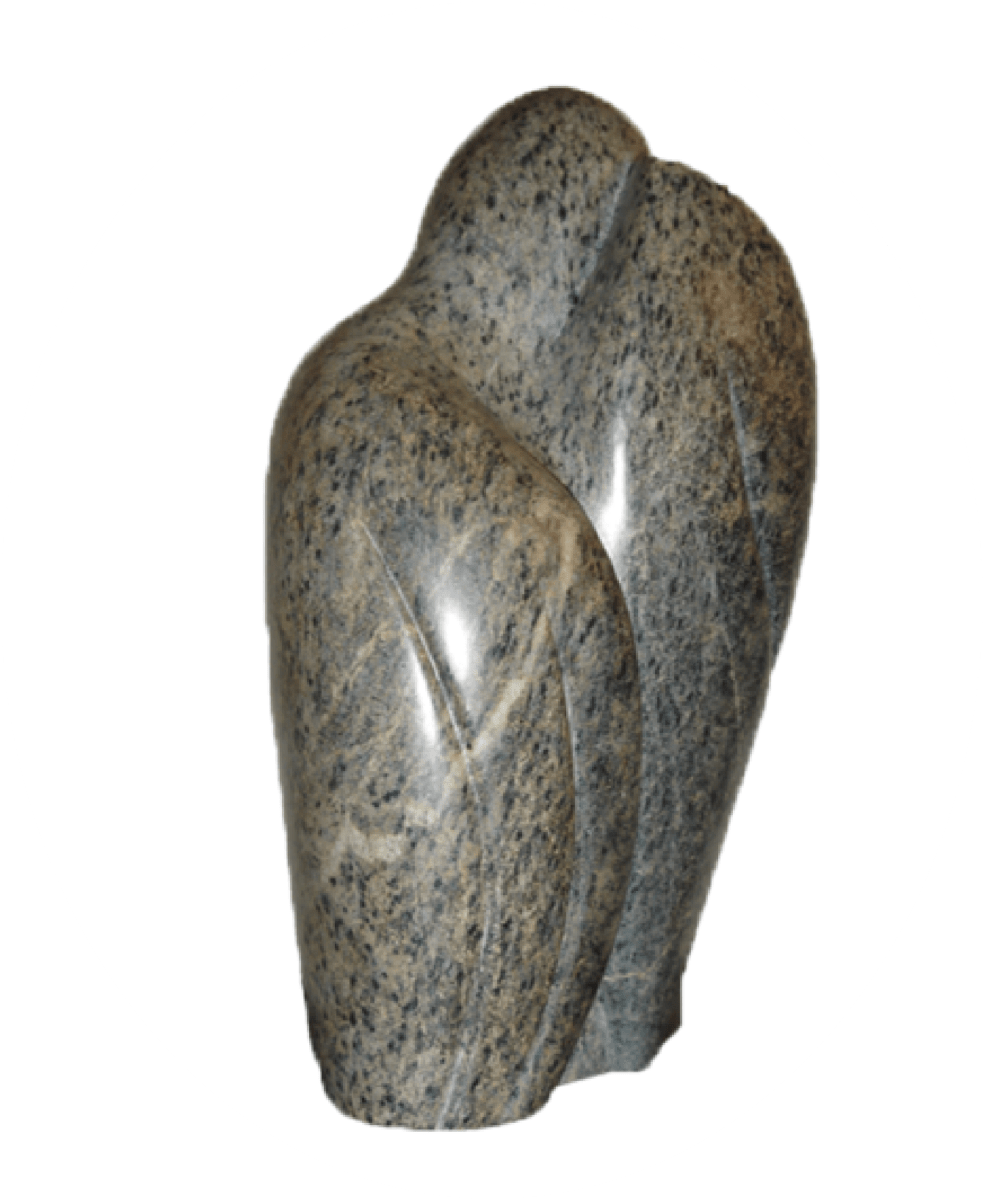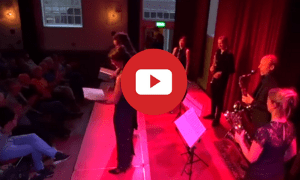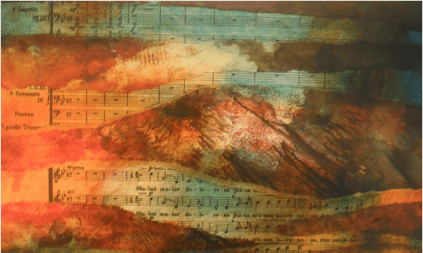Florian Leopold Gassmann
About the composer
Florian Leopold Gassmann (1729-1774) was born in Brüx, which is now known as Czechia. The German name “Brüx” corresponds to the Czech town named Most, meaning “bridge” in the Czech language. This etymology was explained to me by Mr. Pivonka from Czechia. Following his education in a Jesuit convent, where he studied singing, violin, and harp, Gassmann traveled to Italy to complete his studies in Bologna.
In 1763, Gassmann was invited to Vienna, where he became a Chamber Musician for Joseph II. Later, in 1772, he was appointed as the director of the Court Chapel. Gassmann’s compositions skillfully blended the Neapolitan style with German influences. He is particularly recognized as the initiator of the classical Viennese school, especially in the genres of opera buffa and sacred music.
About the Stabat Mater
| Date: | ca. 1765 |
| Performers: | Mixed choir and continuo |
| Length: | 12.09 minutes |
| Particulars: | The composition is divided into 4 parts. After a slow opening follow some faster parts, returning to a slow pace in the last part. The melodies are simple but effective, mostly in two-four time. The singing is strictly homophonic, with the exception of the final Amen. All in all, a very nice work. |
| Textual variations: | The "Analecta"-text is used, with two deviations: |
| Colour bar: |
|
Information about the recording
| CD: | Radio Österreich 1 ORF CD 092: Musik der Wiener Hofkapelle |
| More info: | Sacred works by composers who all worked with or for the Vienna Court Orchestra in the first half of the 18th century. |
| Orchestra: | cappella nova graz |
| Choir: | cappella nova graz |
| Conductor: | Otto Kargl |
| Other works: | Johann Joseph Fux: Laudate Dominum + Missa Pro Gratiarum Actione |
| Code: | 2003 GAS-01 |





